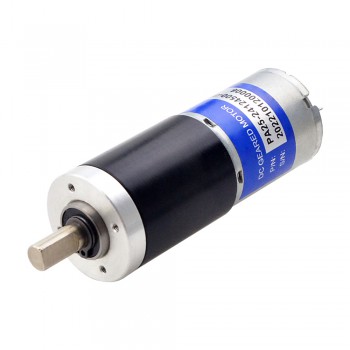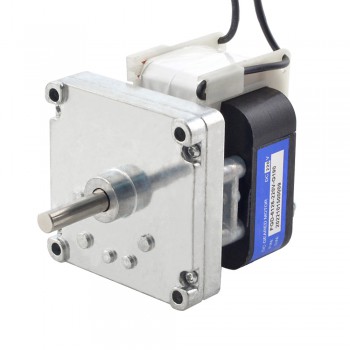How to distinguish different types of motors
Автор: gushsd23 gushsd23 04.09.2023
The difference between DC and AC motors:
As the name suggests, small DC motors use direct current as the power source, while AC motors use alternating current as the power source. Structurally speaking, the principle of DC motors is relatively simple, but the structure is complex and not easy to maintain. The principle of AC motors is complex, but their structure is relatively simple, and they are easier to maintain than DC motors.

In terms of price, DC motors with the same power are higher than AC motors. Including speed control devices, the price of DC is higher than that of AC, but there are also significant differences in structure and maintenance. In terms of performance, due to the stable speed and precise speed control of DC motors, which cannot be achieved by AC motors, DC motors have to be used to replace AC motors under strict speed requirements. AC motor speed regulation is relatively complex, but it is widely used due to the use of AC power sources in chemical plants.

The difference between synchronous and asynchronous motors:
The rotation speed of the rotor is the same as that of the stator, which is called a synchronous motor. If not consistent, it is called an asynchronous motor.
The difference between ordinary and variable frequency drive motors:
Firstly, it should be clarified that ordinary motors cannot be used as variable frequency motors. Ordinary motors are designed based on constant frequency and voltage, and cannot fully meet the requirements of variable frequency speed regulation, therefore they cannot be used as variable frequency motors.
The frequency converter can generate varying degrees of harmonic voltage and current during operation, causing the motor to operate under non sinusoidal voltage and current. High order harmonics inside can cause an increase in stator copper loss, rotor copper loss, iron loss, and additional losses of the motor. The most significant one is the rotor copper loss, which will cause additional heating, reduce efficiency, and output power of the motor. The temperature rise of ordinary motors generally increases by 10-20%. The carrier frequency of the frequency converter ranges from several thousand hertz to more than ten thousand hertz, causing the stator winding of the motor to withstand a high voltage rise rate, which is equivalent to applying a steep impulse voltage to the motor, causing the insulation between turns of the motor to withstand a more severe test.
When ordinary motors are powered by frequency converters, the vibration and noise caused by electromagnetic, mechanical, ventilation and other factors become more complex. The various harmonics contained in the variable frequency power supply interfere with the inherent spatial harmonics of the electromagnetic part of the motor, forming various electromagnetic excitation forces and increasing noise.

